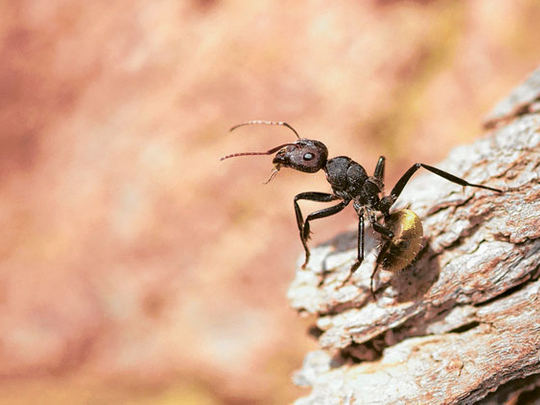
Manila: Local and foreign scientists found about 40 new species of ants were found in the Bicol Region in southern Luzon, a TV report said.
The new ant species found on Mt. Isarog, a volcano in Camarines Sur, belong to 11 various genera (plural of genus), bringing the total number of genera to 92, twice the number of genera found in Madagascar which is already considered one of the world’s biodiversity-rich countries, ABS CBN quoted David General and Gary Alpert of Harvard University, including other scientists from the Palawan State University in southwestern Philippines as saying in a paper published in ZooKeys Science Journal.
One kind of ant that was seen has a unique mouth and mandibles, which have evolved from the past, said the scientists.
There are already 474 ant species and subspecies found in Philippines, including 100 other unidentified species collected and kept in museums, the scientists added.
“[But] the total size of the ant fauna [in the entire Philippines] is no doubt much larger,’ said the scientists who bewailed the fact that studies of the country’s real bio-diversity profile have remained spotty.
At the same time, the Philippines is also a bio-diversity hotspot because of mining activities, said the scientists.
“The Philippines is considered one of the hottest of the biodiversity hotspots because of the severe human pressure on its highly endemic native flora and fauna,” the scientists said, adding, “Time is running out for the remaining primary forests [in the Philippines]. Despite decades of regulation and reforestation, forests continue to dwindle.”
Studies showed that all areas reforested with narra trees (the country’s national tree) 27 years ago were poached in 2009. Even the stumps were removed, the horrified scientists said.
“[In the Philippines] forest destruction seems to go on unabated, exacerbated by new large-scale mining projects that seem to target the mineral resources under primary forests,” the scientists said, adding these activities could also wipe out a rich culture of ants.












